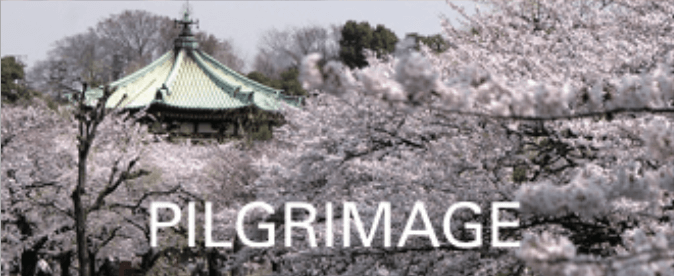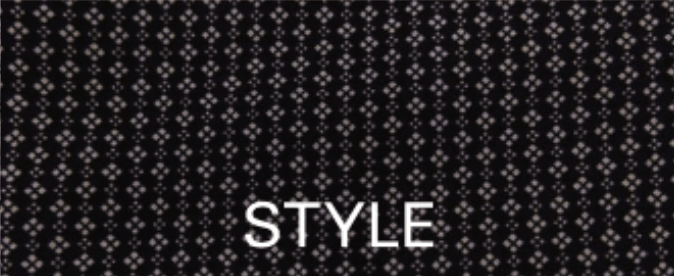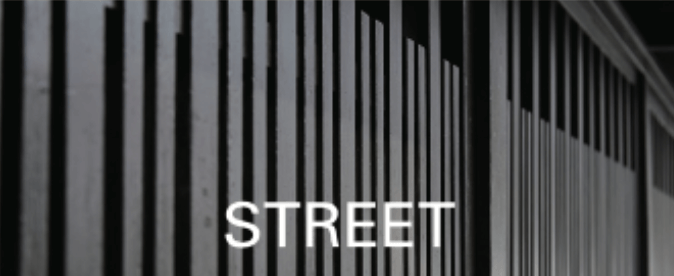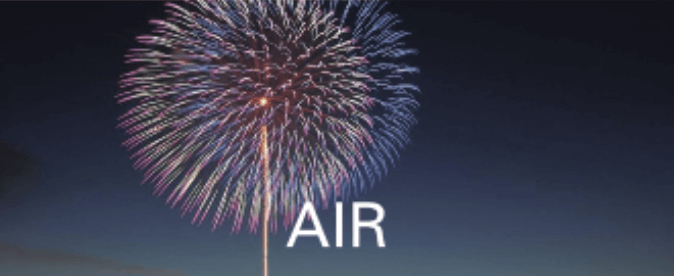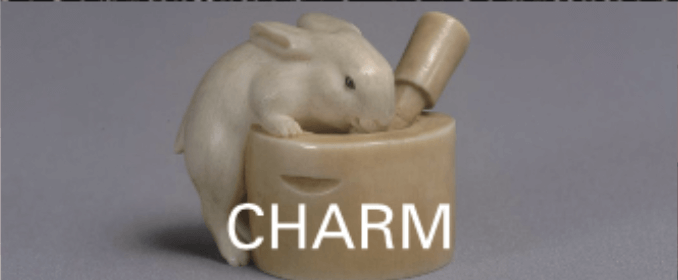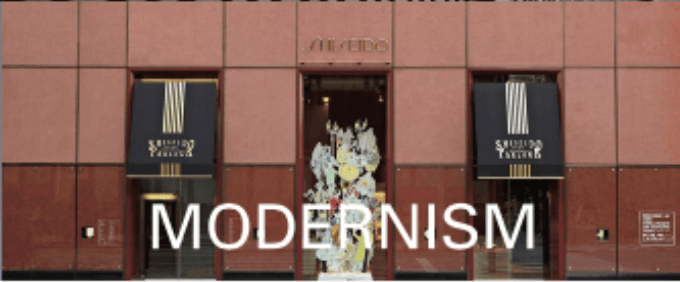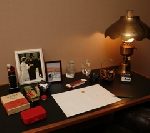
Endo Shuusaku (1923 – 1996), a Japanese author, lived in Machida, in seeking a green environment for medical treatment. This museum of literature stores materials of Endo, Morimura Seiichi (1933 – ), Yagi Yoshinori (1911 – 1999), and others writers living in Machida City. It is an 8-minute walk from Machida Station, is a building built of brick, located on the outskirts of the downtown area. It is a space where book lovers can feel free to stop over and talk about their impressions of the exhibits and works.
– Endo wrote as a Japanese Roman Catholic. Silence – Rodrigo, an Italian Jesuit priest arrived at the Goto Islands in Japan in 17th century to find the priest renounced his faith, under the decree of prohibition on Christianity. He was betrayed by Kichijiro who was an alcoholic fisherman, renouncing his Catholic faith, and was imprisoned with many Japanese converts. Eventually Rodrigo heard the voice after a long silence. And he recognized that “Who can say that the weaker did not suffer more than the stronger?”
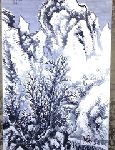
This museum preserves and exhibits the works and favorite items of Tazaki Soun (1815 – 1898), a painter of the literary school, who was active from the end of the Edo period (1603 – 1868) to the Meiji period (1868 – 1912). Hakuseki Sanbo of Soun’s residence, which is a thatched house with 2 stories, with a tea-ceremony room and an atelier, is reserved at the garden of this Museum.
Soun had drawn snow scenes throughout his life. He drew precisely the quantity, the shadow, and the movement of snow in all his works. Kenka Soun, which was his Nickname, kept mental independence in his professional life.
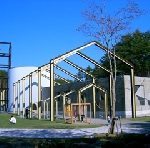
Ennen no mai, longevity dances, are dedicated after a Buddhist service, which has been handed down at this temple since ancient times and conveys the history of the fusion of the culture of court nobles in Kyoto and the culture of local folk. Ennen no mai is designated as an important intangible folk cultural property and is still dedicated to events such as January 20, May 5, and November 3.
The scenery of the Jodo Garden – Pure Land garden of the temple, changes every season with tender green, cherry blossoms, irises, habi-bush, autumn colors, and snow, where the wind from Pure Land blows.

This Memorial Literature Center is surrounded by majestic nature, which nurtured the childhood of Kusano Shinei (1903 – 1988), a Japanese Poet. It introduces Shinpei’s life and works in the permanent exhibition room where a Japanese gastropub, Hinokuruma, the Fire Car, managed by him, was restored and where you can listen to him read his poetry. It holds a special exhibition to introduce literary people related to Shinpei and Iwaki City locals. At the Literature Plaza, visitors can write poems and the poems are stored in this center.
– Shinpei wrote poems with the theme of “Frog”, “Mt. Fuji”, “Heaven”, “Stone”, etc. He had a sense of co-existing with all things. While engaged in creative activities, he took various occupations. One was to manage a Japanese gastropub, ” Hinokuruma – the Fire Car”.
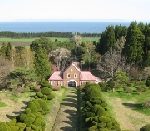
A meadow stretches on both sides of the road approaching this monastery. In 1902, Holstein dairy cows were imported from the Netherlands and the meadow became the birthplace of dairy farming in southern Hokkaido. In 1896, nine monks from France came to Hakodate. They established a monastery in a place overlooking the Tsugaru Strait.
Their motto was “Prayer and work” from La Trapp Abbey, the Trappe Monastery in France. The French monastery also overlooks the Dover Strait – the English Channel.
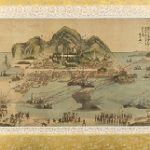
The museum exhibits archeological materials, folk materials, geological, mineralogical, and fossil materials, and animal and plant materials within and beyond Hokkaido. In addition, it possesses historical materials related to Hakodate City.
The all-out assault on Hakodate in the Battle of Hakodate (1868 – 1869) occurred on May 11th 1869. Books and Nishikie, Japanese multi-colored woodblock prints were published. They describe the Battle of Hakodate and aimed to satisfy Tokyo-ko, the people from Tokyo, instead of Edo-ko, the people from Edo, after the Edo period (1603 – 1868) ended.
This museum possesses the Nishikie of the Battle of Hakodate, as well as valuable cultural assets that convey the Jomon culture, which had interacted with Honshu Island, over 10,000 years before the rise of the sea levels. At that time, Tsugaru Strait was like a river. The history of the Strait in the modern times overlaps the history in the ancient times.
– Edo remained in Hakodate, instead of Tokyo, like strait continuing from the river.
